The Psychology of Marketing: A chicken republic case study
A deep dive into subtle marketing tactics that shape consumer choices, using Chicken republic as a case study.
Have you ever wondered why you walk into the mall intending to pick only one item, only to end up with a bag full of goods?
Well, it's because many of these businesses and brands have carefully understood behavioural psychology and its role in marketing and business choices.
At its core, behavioural psychology is the scientific study of the nature, functioning, and development of the human mind, including the faculties of reasoning, emotion, and perception. It studies not just what people say they will do but how they actually act when faced with choices.
Marketing, at its best, applies this principle: understanding consumer triggers, identifying patterns, and designing strategies that align with how people think and behave.
By tapping into people's cognitive biases, brands have been able to subtly influence consumer choices in a way that almost seems effortless without them even realising it.
One brand that has successfully applied these principles is Chicken Republic, a leading quick-service restaurant chain in Nigeria. Their deep understanding of consumer behavior has propelled them to the top of the market, generating ₦60.9 billion in sales, more than any other fast-food brand in the country as at 2024.
Chicken republic’s mastery of behavioural psychology manifests in numerous ways, which I will attempt to dissect.
1. The Decoy Effect: Using an Extra Option to Drive Sales
To use a decoy is to “trick somebody into doing what you want them to do”.
The decoy effect is a long-used practice in marketing, particularly when devising a product pricing strategy. Users are often given pricing options to choose from, and in doing so, an additional slightly inferior option is placed close to another choice (which the brand often wants the user to pick) in a way that makes the other choice look more attractive and valuable than the first.
In Chicken Republic’s case, they apply the decoy effect through their meal pricing, for instance, the Caribbean meal options. They offer two main choices: one priced at ₦5,300 and another at ₦7,600. However, they introduced a mid-tier option at ₦7,200, with only a slight difference from the most expensive option. This makes the Caribbean Special Combo, priced at ₦7,600, seem like the best deal, offering more value for just ₦400 extra.
This is the decoy effect in action. By adding a slightly lower option (₦7,200), Chicken Republic subtly nudges customers toward choosing the higher-priced meal, which now appears to be a smarter choice.
However, the decoy effect isn’t just limited to pricing strategies; it can also be applied to other areas of marketing, such as bundled packages, referral programs, etc.
In the end, however you choose to implement the decoy effect in marketing, always ensure:
a. that you understand your customers and their needs, and that it is tailored and framed in a way that appeals to them.
b. you strike a balance, so the decoy option does not end up being the most attractive option.
c. it concurs with ethical practices, and that it does not deceive or trick your customers, but instead helps them make the best choice for them.
2. Social Proof, FOMO
Anyone who schooled in Unilag knows the infamous Ewa Agoyin spot at CITS. I remember my first visit with friends, three shops stood side by side. One was practically empty, while the other was packed, with people waiting in line just to get a plate. Naturally, we joined the crowd.
That’s social proof in action. When people see others gravitating toward something, they assume it must be the better choice. And Chicken Republic has mastered this principle time and time again, effortlessly turning customers into its loudest ambassadors.
Take one of their recent promos, for instance. They offered a buy-one-get-one-free deal, and of course, it went viral. Customers started sharing their experiences, and before long, people even posted tutorial videos showing others exactly how to claim the promo.
This strategy worked on multiple levels; it doubled as word-of-mouth marketing and user-generated content, both of which significantly boosted brand visibility. Chicken Republic understood that people love freebies, but more importantly, they recognized a key truth: when people are pleased with a service, they talk about it. And in today's digital world, that talk spreads faster than ever.
For marketers, this concept applies even if you’re not in the food business and can’t offer a “buy-one-get-one-free” deal. Social proof is about trust. People are more likely to use a product if they see others using it, especially if it comes from a trusted source like a friend, or an influencer whose opinion they value.
This is why case studies, testimonials, and product reviews are important. They show that your product works, and reinforce that real people have used it and found value in it.
3. Reciprocity: Brands give to receive
In 2024, Hauwa made a video that had everyone talking. The topic wasn’t necessarily new, every Nigerian could relate to rising inflation and how the cost of living had skyrocketed. What made Hauwa’s video stand out was the call to action.
She asked people to tag Chicken Republic and urge them to lower the price of the Refuel Meal from ₦2,000 to ₦1,000. To make things more interesting, she promised to give out free packs of food if they actually did it.
Unsurprisingly enough, Chicken Republic responded. Not only did they drop the price, but they also took it a step further, giving out free meals themselves. Shortly after, they announced a price cut on all Refuel Meal orders placed through Chowdeck. Hauwa’s video set the stage for something bigger, and the strategy worked.
That single campaign helped shape the narrative around the price slash, framing Chicken Republic as a brand that listens to its customers and values their input. In return, they gained loyalty, free publicity, and an influx of customers eager to take advantage of the discount.
This is how reciprocity works in marketing. When a brand offers something valuable; whether it’s free samples, discounts, or great service, customers feel compelled to give back. That could mean making a purchase, spreading the word, or staying engaged with the brand.
It’s important to note that the single campaign did more than just shape the narrative around the price slash. It helped Chicken Republic test the waters and confirm that this was something customers actually wanted. Because at the end of the day, a discount doesn’t automatically guarantee sales.
People don’t buy something just because it’s cheaper. They buy because it solves a problem they care about. Hauwa’s video made it clear that this price cut was responding to a real need. The demand was already there, and the video proved it.
Enjoying this read so far, share with your network!
4. The Illusion of Choice
Too many options can overwhelm customers, making it harder for them to decide. Chicken Republic understands this well and applies the illusion of choice through their meal combos. Instead of just presenting a long list of individual menu items, they group meals into curated combos that subtly steer customers toward specific purchases while still making them feel in control.
For example, instead of solely asking customers to choose how many portions of rice, pieces of chicken, sides, and drinks separately, they offer meal combos where these choices are pre-selected in different variations. The customer still has options, but they are streamlined to make the decision-making process easier and faster. This structure increases the likelihood of a purchase and ensures that customers spend more per transaction by naturally gravitating toward the most balanced or value-packed combo.
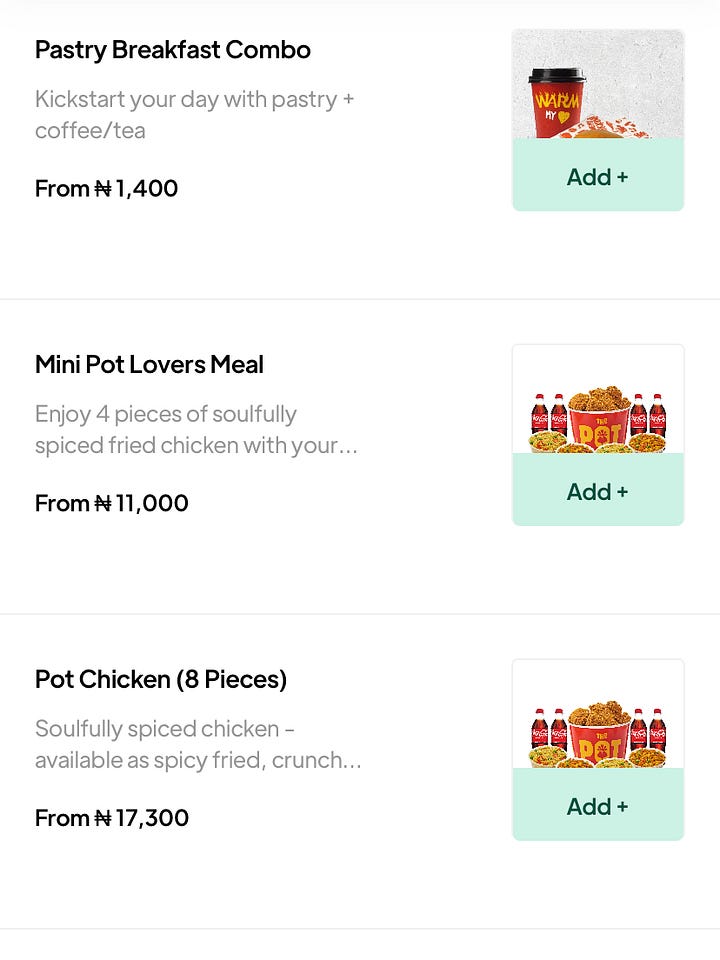
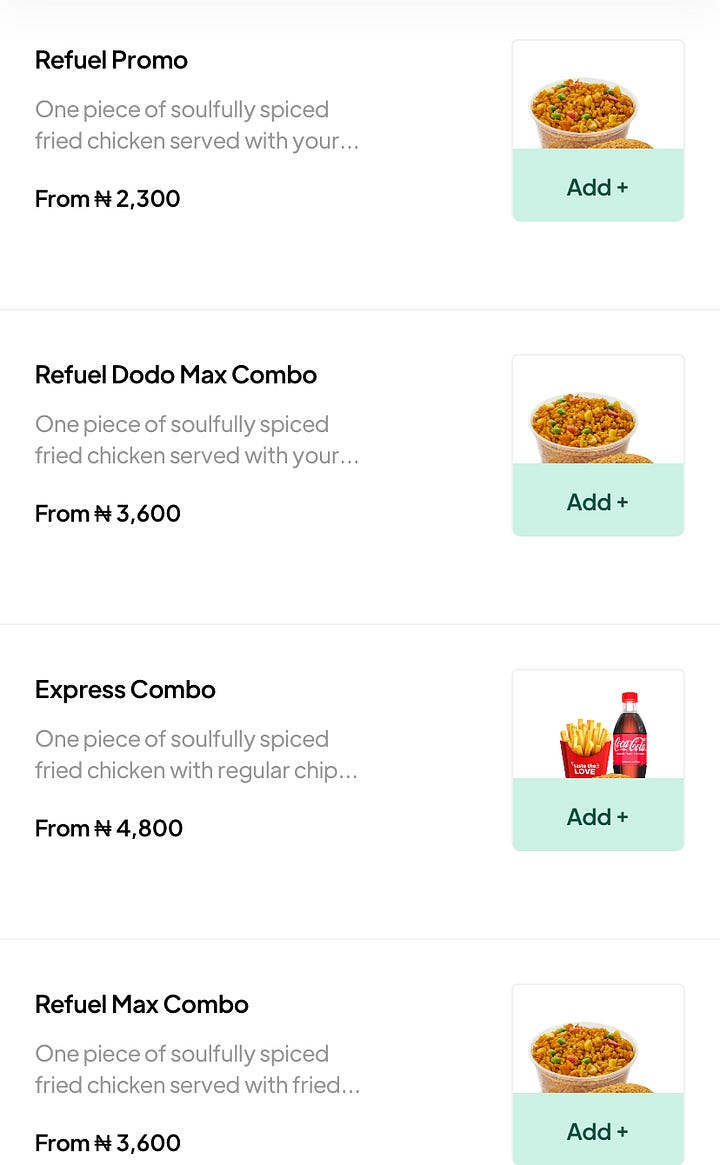
Customers feel like they’re making an independent choice, but the setup subtly encourages them to opt for a specific selection.
The illusion of choice works because it reduces decision fatigue and makes the purchasing process feel effortless. Instead of being paralyzed by too many options, customers feel empowered by a curated selection that guides them toward what’s best for them while also benefiting the business.
5. Anchoring: Setting the Price Perspective
When you see a price tag that says “was ₦5,000, now ₦2,500,” your mind immediately perceives the new price as a bargain. That’s anchoring at play, the initial price serves as a reference point, making the discount seem far more valuable than if you had only seen the final price.
Chicken Republic leverages this principle by using limited-time discounts and promotional offers, particularly in digital campaigns. When they introduce seasonal price slashes on meal combos or app-exclusive deals, customers instinctively compare the new price to what they remember paying before, reinforcing the perception of savings.
This technique isn’t just used in discounts. Anchoring is also used in menu design, placing a higher-priced item next to a mid-range option makes the mid-range meal seem like a great deal, even if the pricing is strategic. Many customers don’t necessarily go for the cheapest option but instead pick what appears to offer the best value, thanks to anchoring.
Beyond fast food, e-commerce platforms, SaaS pricing models, and retail stores frequently use anchoring to drive conversions. Displaying a higher “original price” before revealing the discounted price reinforces the feeling of gaining a deal, increasing the likelihood of purchase.
Anchoring works because people rely heavily on initial information to make decisions.
The beauty of understanding these psychological principles isn't just in knowing them, it's in applying them ethically and effectively. As marketers, we're not manipulating people; we're understanding human nature and creating experiences that resonate with natural decision-making processes.
Remember, the best marketing doesn't feel like marketing at all, it feels like a natural, helpful part of the customer's journey. That's the real power of understanding marketing psychology.
What are some examples of marketing psychology you’ve seen at play?
Marketing tactics hidden in plain sight
Impulse Buys at Checkout: Ever noticed how supermarkets and stores place small, inexpensive items like candy, gum, and mints right at the checkout counter? It’s designed to capitalize on impulse buying. By the time you reach the register, you’ve already made several purchase decisions, and with your willpower slightly drained, grabbing one more item feels effortless. These last-minute purchases are strategically positioned to make them seem like an easy, low-cost addition to your cart.
Eye-Level is Buy-Level: Have you ever wondered why certain products always seem to catch your eye first in a store? That’s because brands pay for prime shelf placement at eye level, increasing the chances that you’ll pick their product over others. This tactic is even used for children’s products, like cereal boxes, which are often placed lower on the shelf, right at a child’s eye level, so kids notice their favorite characters and ask their parents to buy them.
Can you think of other subtle marketing tactics that go unnoticed? Share them in the comments!




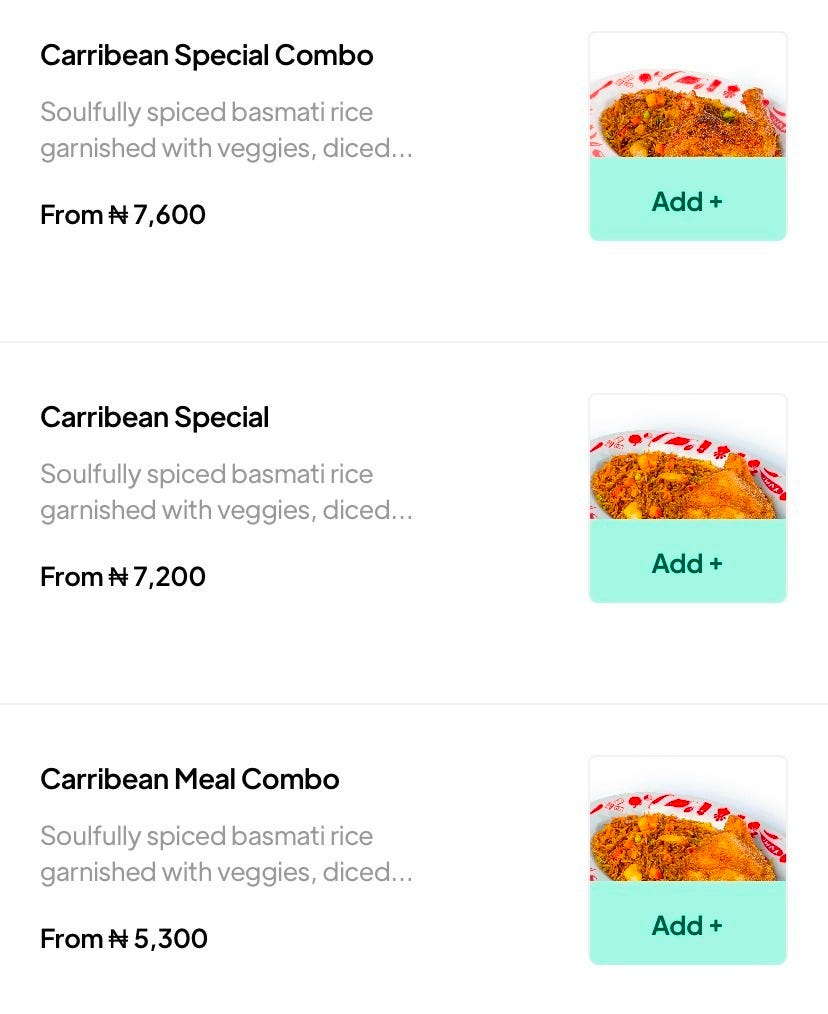
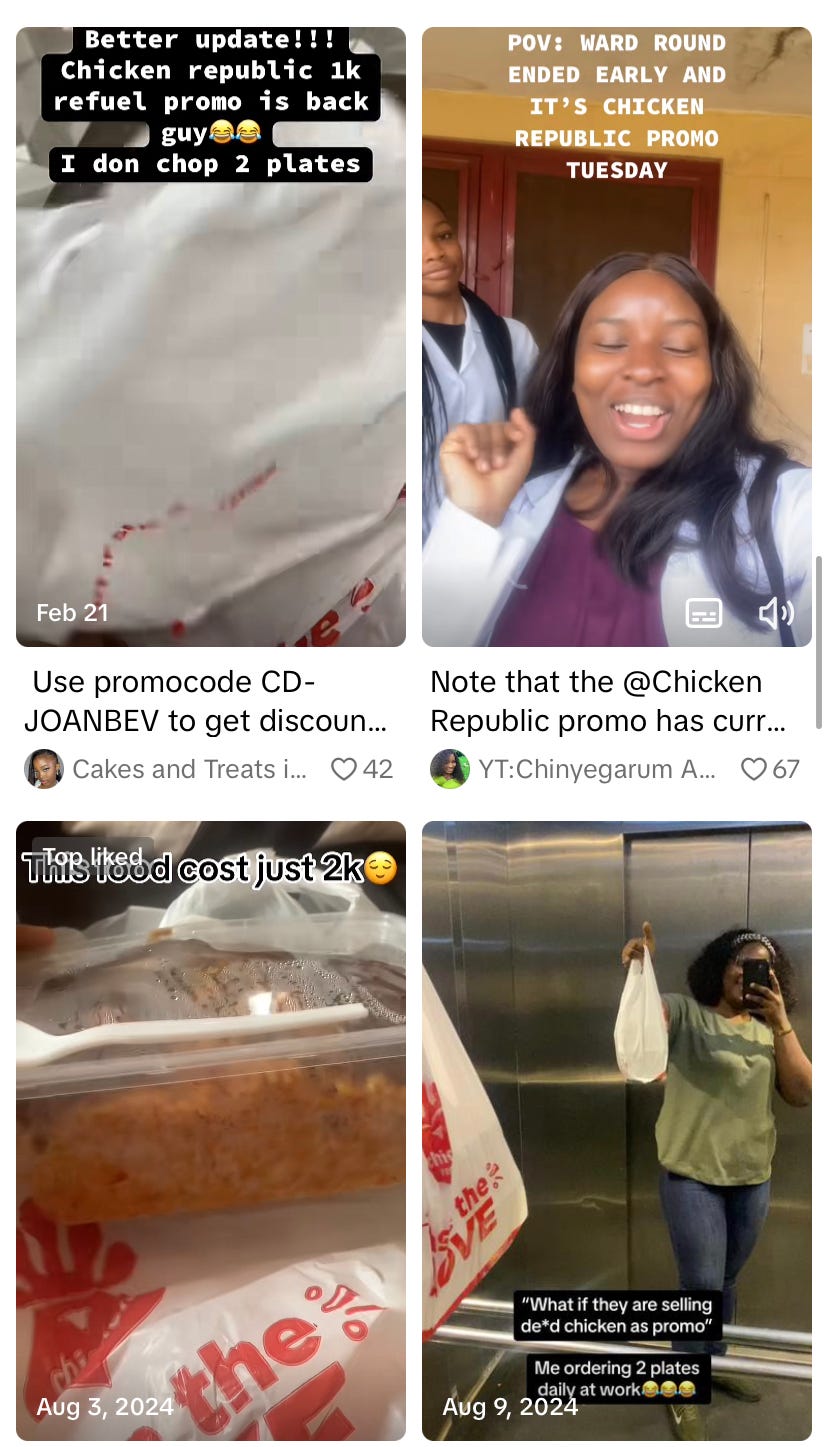
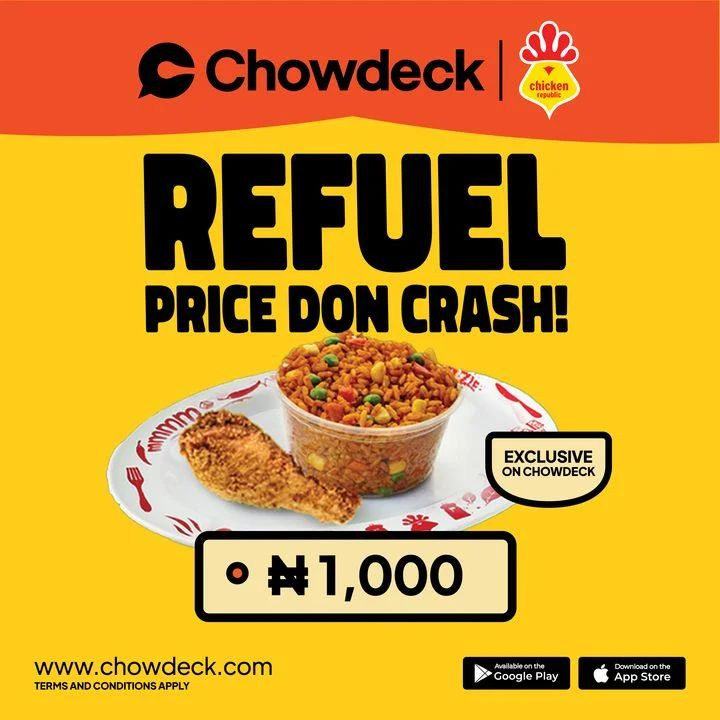

Brilliant.
So brilliantly written. I would love to learn about marketing but for films